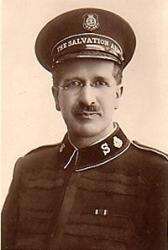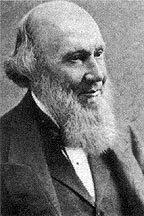1866 - 1930 Author of "How Wonderful It Is to Walk with God" in The Cyber Hymnal Theodore Hopkins Kitching, 1866-1930
Born: December 29, 1866, Ackworth, Yorkshire, England.
Died: February 10, 1930, Paris, France.
Buried: Abney Park Cemetery, London, England.
Kitching came to Christ at a Salvation Army (SA) meeting in Bristol, England. He became a SA officer in 1888, and served in Britain, France, Switzerland, and Belgium. He was secretary to SA founder William Booth (1909-12), to SA General Bramwell Booth (1912-14), SA International Secretary for Europe (1914-16), SA Editor-in-Chief (1921-29), and head of the SA Literary Department and Translations Bureau. His son Wilfred became General of the SA in 1954.
--www.hymntime.com/tch
Theodore H. Kitching

